First off, let me say that this is not a rant or flame war on the use or not of High Dynamic Range (hdr). Hdr has its place in photography and it is hard to think that today could be without it. After all, today’s cameras almost all support a function called bracketing. Something we did manually on yesterday’s film cameras.

Bracketing was a fairly expensive business if you were shooting for yourself as an amateur. Even more, amateurs would need bracketing more than
pros, right? But it was the “pros” that brought us into hdr in this digital age. Taking 3,5 or even 9 pictures of the same subject would never have crossed our mind in the age of film. Our canister of 36 exposures would yield only 4 images? Unthinkable!
Today, we shoot as if there were no tomorrow. Nine images to create only one? No problem.
But is it always necessary? In the past few weeks I found myself in a few situations where hdr was warranted. Strong contrast, huge differences in lighting conditions. Shooting sunsets can be daunting, that’s for sure. So a few bracketed shots and I was on my way to create some hdr shots.
I have no filters in my bag, the round, turning ND Grad filters never seem to have the light/dark separation where I want it. My bag is not big enough to hold square filters, the holder and more as well. Not to speak of my willingness to walk around like a packing donkey. Hdr seemed to be the logical stop.
So, I bracketed my images. In the old film days, this ended there, after development, the best picture was chosen and the rest discarded. Nowadays we reuse them all and mix them into a stack of pictures that gives us the best of each.
Or does it?
Let’s take a look at this sunset, from darkest to lightest:
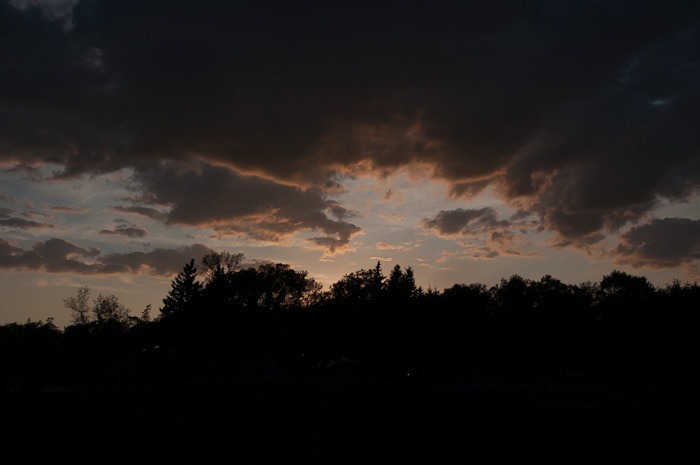

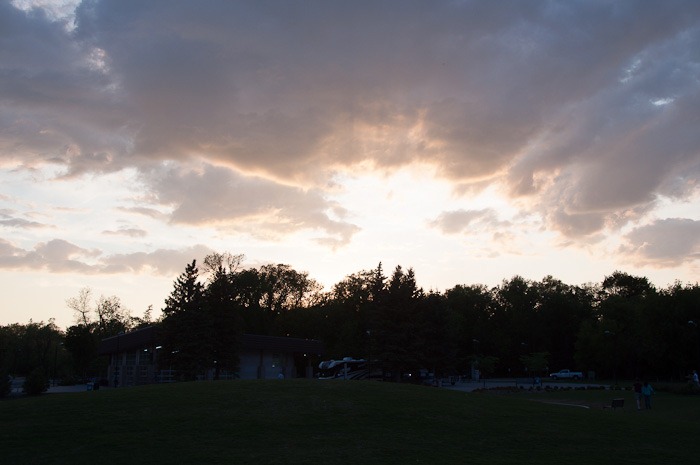
It looks like none of these pictures would be usable in the film era. Stacking them together, however, we get the following result:
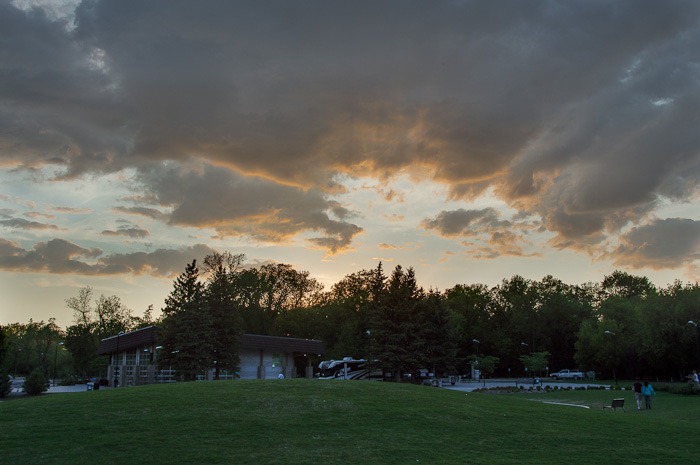
This looks way more like the way we saw this whole sunset. The sun area is still blown out, but that was to be expected.
So, I should jump on the hdr train whenever I see an appealing sunset. Hmm, not the best solution. Take a look at the following sunset. Storm clouds were moving out, a cold night ahead. No alterations to the images were made here, not even for the crooked horizon.
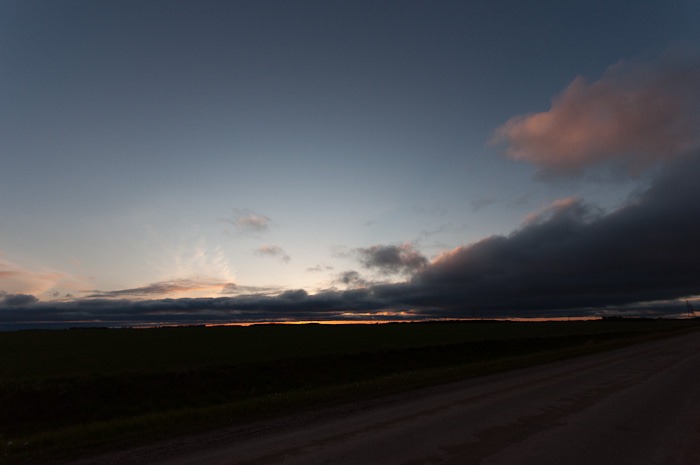 Darkest (-2EV)
Darkest (-2EV)
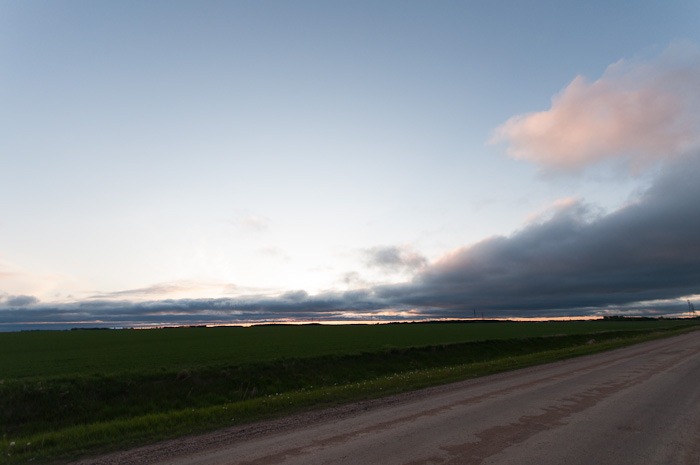 Neutral (0EV)
Neutral (0EV)
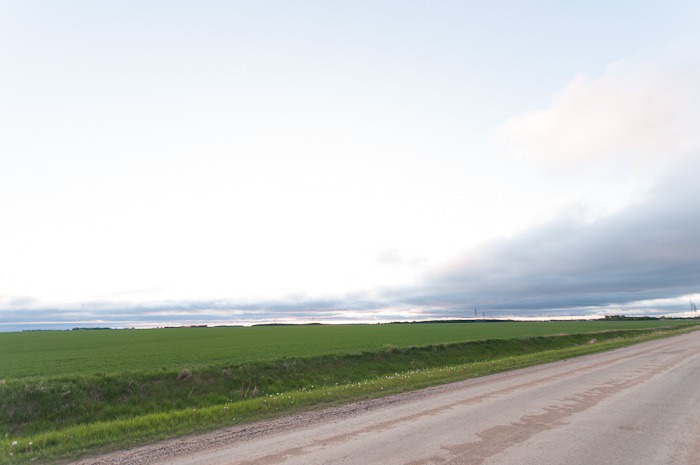 Lightest (+2EV)
Lightest (+2EV)
So, the bracketed series blended into an hdr picture looks like this:
 HDR created from above three pictures
HDR created from above three pictures
A big improvement over the three preceding images.
But then a thought crossed my mind, painful, yeah, I know. Since there is no real sun in this picture, but merely a clouded sunset with bright light, wouldn’t it be better to simply use my brain and (try to) take a well exposed picture instead?
Difficult when the camera sees the bright horizon and tries to expose for that alone. But putting it in manual and metering around a little bit, gives you the idea of the correct exposure.
This is the picture that resulted from it:
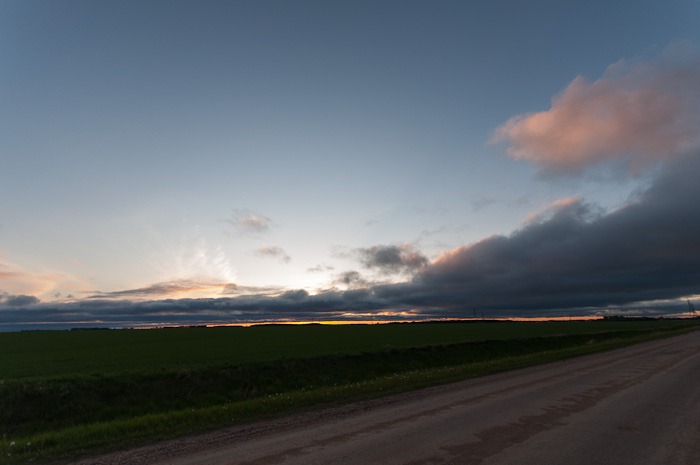 No HDR, same sunset
No HDR, same sunset
After a little tweaking in Lightroom, I think I even like this last picture better than the hdr version.
Often enough there is no need for hdr, it seems that we underestimate the machines that do an excellent job of recording what we see. The above picture, as well as the lead picture of this post we no hdr. Simple images, tweaked in Lightroom.
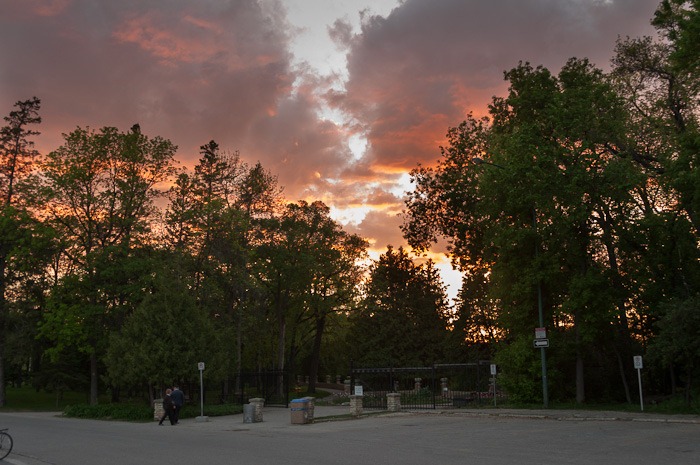 English Garden entrance, no HDR
English Garden entrance, no HDR
To get these results, you do have to shoot in RAW (NEF, CR2, etc) to get the best results. Images that have already been treated by the camera will be less successful. Don’t forget that jpg images from the camera have lots of information discarded already. You will need this info to create these stunning photographs from scratch.
Different hdr programs also yield different results. I like my hdr pictures to look as natural as possible. Preferably without being noticeable at all.
I already posted about some programs that are here for this, nowadays I use LR/Enfuse, a small program that plugs into my Lightroom and delivers great results. For little cost, I should add.
So, before you start looking for bracketing and hdr, take a look at what your camera and a good program can do with your photos, before leaning over to the hdr world. After that, it’s only a matter of taste and restraint to deliver stunning pictures to the world.
